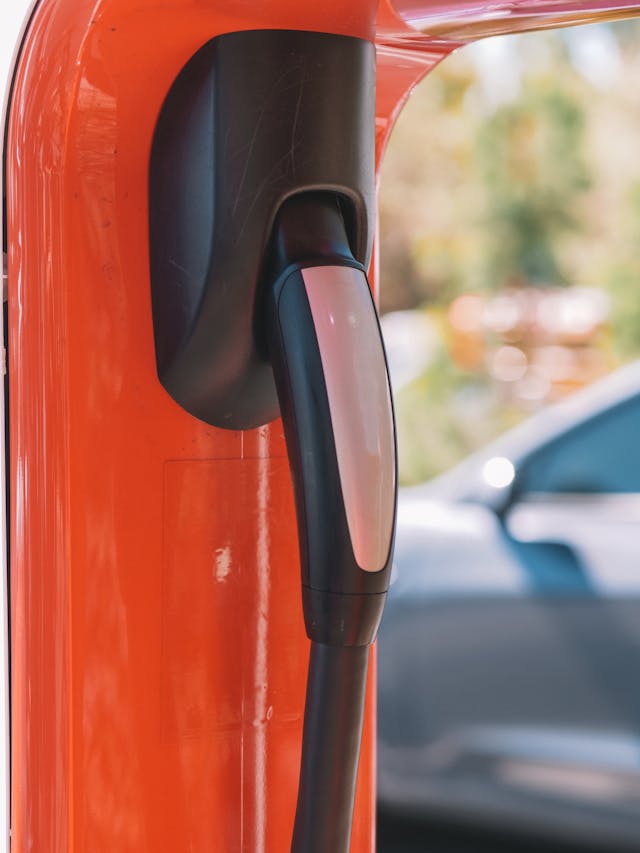Tesla has revolutionized the automotive industry with its electric vehicles (EVs), leading the charge towards a more sustainable future. However, the company’s commitment to sustainability extends beyond producing zero-emission cars. Tesla is also pioneering efforts in battery recycling, aiming to close the loop on sustainability by ensuring that the materials used in their batteries are efficiently reused and repurposed.
The Importance of Battery Recycling
As the demand for electric vehicles continues to grow, so does the need for batteries, particularly lithium-ion batteries. These batteries are critical components of EVs but pose significant environmental challenges if not properly managed at the end of their life cycle. Without effective recycling programs, discarded batteries can lead to resource depletion, environmental contamination, and increased carbon footprints due to the extraction and processing of new raw materials.
Tesla’s Approach to Battery Recycling
Tesla’s battery recycling initiatives are designed to address these challenges by recovering valuable materials from used batteries and reintroducing them into the manufacturing process. This approach not only reduces waste but also decreases the need for new raw materials, contributing to a more sustainable supply chain.
In-House Recycling at Gigafactories
One of the key elements of Tesla’s recycling strategy is the in-house recycling capabilities at its Gigafactories. These facilities are equipped with state-of-the-art technology to efficiently recycle batteries. For instance, Tesla’s Gigafactory in Nevada is designed to handle battery recycling on a large scale, allowing the company to recover essential materials like lithium, cobalt, nickel, and aluminum.
Collaboration with Redwood Materials
Tesla has also partnered with Redwood Materials, a recycling startup founded by former Tesla CTO JB Straubel. Redwood Materials focuses on creating a circular supply chain for batteries by recovering high-value materials from end-of-life batteries and production scrap. This collaboration enhances Tesla’s recycling capabilities and ensures that more materials are recovered and reused.
Closed-Loop Recycling System
Tesla’s goal is to establish a closed-loop recycling system where materials from old batteries are continually reused to produce new batteries. This system significantly reduces the environmental impact of battery production by minimizing the extraction of new raw materials and reducing the carbon footprint associated with mining and processing.
Battery Life Extension
In addition to recycling, Tesla is committed to extending the life of its batteries through innovation and technology. The company continually improves its battery technology to increase the longevity and efficiency of its products. Longer-lasting batteries mean fewer replacements and, consequently, fewer batteries entering the recycling stream prematurely.
Environmental and Economic Benefits
Tesla’s battery recycling initiatives offer substantial environmental and economic benefits. Environmentally, recycling reduces the need for mining new raw materials, which is often associated with significant ecological disruption and carbon emissions. Recycling also prevents harmful substances from entering landfills and contaminating soil and water.
Economically, battery recycling can reduce costs for manufacturers and consumers. By recovering valuable materials from used batteries, Tesla can lower the overall cost of battery production. These savings can be passed on to consumers, making electric vehicles more affordable and accelerating the transition to sustainable transportation.
Challenges and Future Outlook
Despite the significant progress, battery recycling still faces challenges. Efficiently recovering all valuable materials from batteries is a complex process that requires advanced technology and infrastructure. Moreover, as the volume of end-of-life batteries increases, scaling up recycling capabilities will be crucial.
Tesla’s ongoing investments in research and development are likely to address these challenges. The company continues to innovate in recycling technology, aiming to improve recovery rates and make the recycling process more efficient. Additionally, Tesla’s commitment to sustainability is expected to influence the broader industry, encouraging other manufacturers to adopt similar recycling practices.
Conclusion
Tesla’s battery recycling initiatives represent a crucial step towards a more sustainable future. By focusing on in-house recycling, collaborating with innovative partners, and striving for a closed-loop system, Tesla is not only addressing the environmental challenges associated with battery production and disposal but also setting a standard for the industry. These efforts underscore Tesla’s holistic approach to sustainability, ensuring that their contributions to a cleaner future extend beyond the vehicles they produce to encompass the entire lifecycle of their products. As Tesla continues to innovate and scale its recycling capabilities, it is paving the way for a more sustainable and circular economy in the electric vehicle industry.
